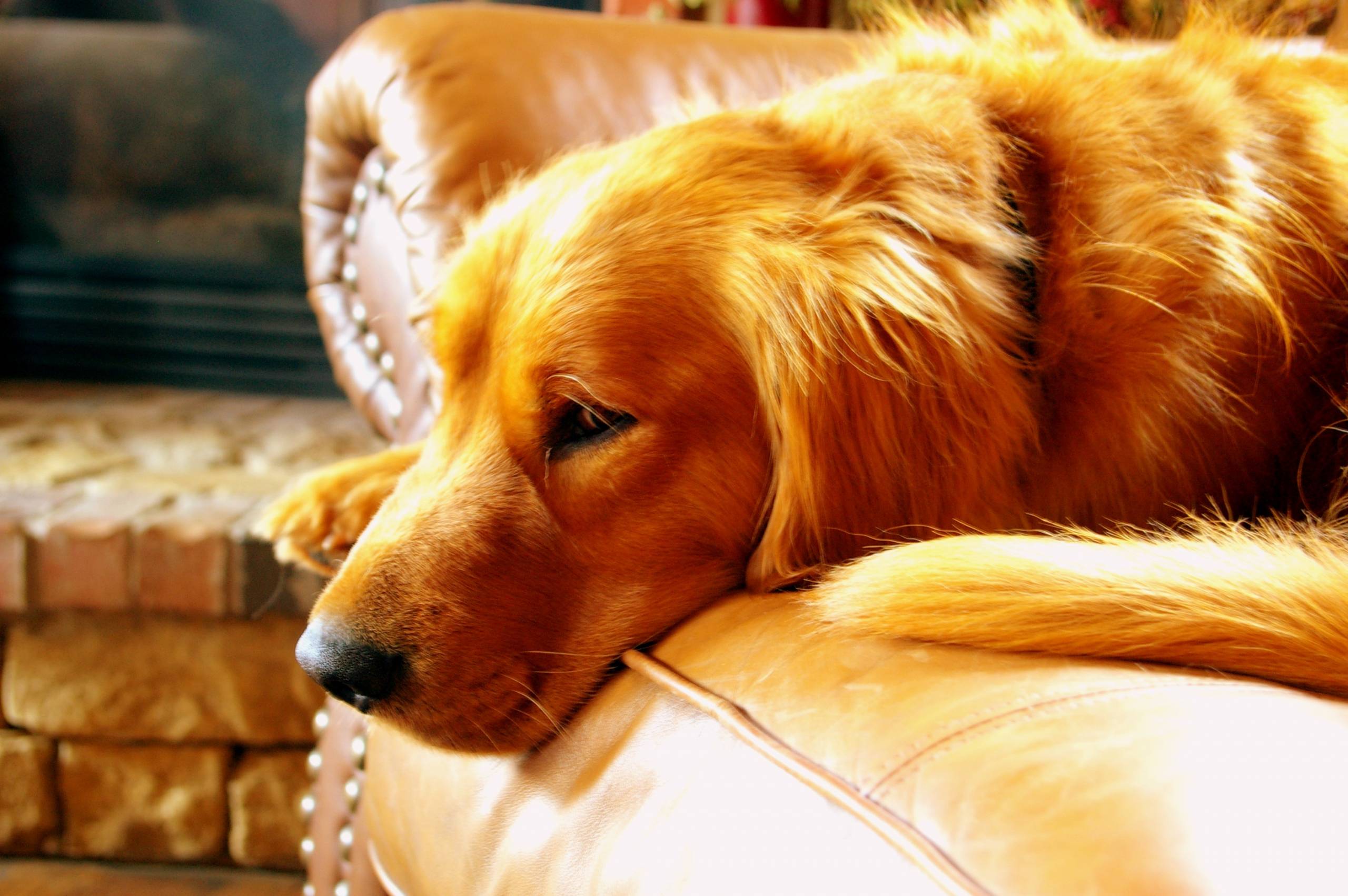
A dog’s heat cycle, also known as estrus, refers to the period when a female dog is receptive to mating. This typically occurs twice a year, although it can vary based on breed and individual differences. The heat cycle can last anywhere from 2 to 4 weeks, with the average being around 3 weeks. During this time, you may notice changes in your dog’s behavior and physical appearance.
The heat cycle is divided into four stages: proestrus, estrus, diestrus, and anestrus. Proestrus marks the beginning of the heat cycle and can last for about 9 days. During this stage, your dog may experience vaginal bleeding and swollen genitals. She may also exhibit changes in behavior, such as increased urination and restlessness. The next stage, estrus, is when your dog is fertile and receptive to mating. This phase usually lasts for 5 to 13 days, during which the bleeding may decrease, and the vulva becomes softer.
Following estrus is diestrus, a period where the female dog’s body prepares for pregnancy. If mating has not occurred, the diestrus stage lasts for approximately 60 to 90 days, after which the dog returns to anestrus, the resting phase of the cycle. It’s important to note that during anestrus, your dog will not experience heat symptoms.
As a responsible dog owner, it’s crucial to be attentive to your dog’s needs during her heat cycle. Ensure she has a safe and comfortable environment, and consider keeping her indoors to prevent unwanted mating. Additionally, you may want to consider using doggy diapers to manage the bleeding and keep your home clean. Keep an eye on your dog’s behavior and consult with your veterinarian if you notice any concerning changes.
Supporting your dog during her heat cycle involves patience and understanding. Be mindful of her physical discomfort and emotional changes. Provide her with extra comfort and attention, as she may be feeling more vulnerable or anxious during this time. Remember, your dog relies on you to provide the care and comfort she needs, especially during a period as sensitive as her heat cycle.
In conclusion, understanding the duration and stages of your dog’s heat cycle is essential for her overall well-being. By being informed and empathetic, you can ensure that your dog feels supported and comfortable throughout this natural process. If you have any concerns about your dog’s heat cycle or reproductive health, don’t hesitate to seek guidance from your veterinarian. Your furry friend deserves the best care, and your knowledge and compassion play a crucial role in providing that care.[/fusion_text]

